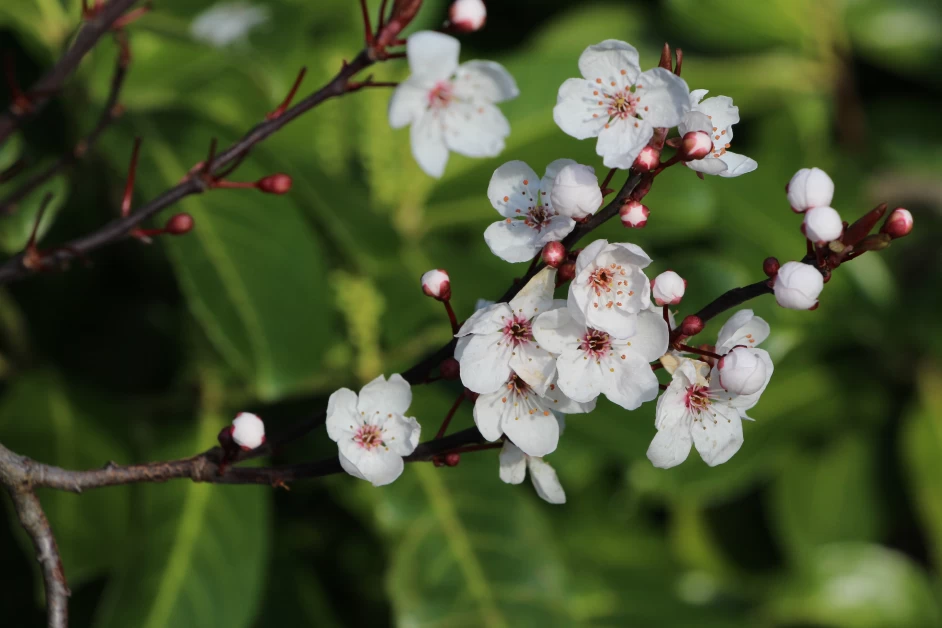Table of Contents
Manuka honey has gained attention in recent years for its potential antibacterial properties. This comprehensive review aims to analyze the available literature on the antibacterial activity of Manuka honey, particularly against oral pathogens. The review will discuss the chemical composition of Manuka honey, its mechanisms of action, and its potential use as a functional food in the prevention and treatment of oral diseases.
Introduction
Manuka honey is a natural food produced by bees, mainly Apis mellifera, and is composed of various compounds including sugars, proteins, organic acids, vitamins, minerals, and phytochemicals. It has been used for centuries as a medicinal remedy due to its potential antimicrobial, anti-inflammatory, and tissue repairing properties. In recent years, there has been a renewed interest in the therapeutic benefits of Manuka honey, particularly in the treatment of wounds and infections.
Chemical Composition of Manuka Honey
Manuka honey contains a wide range of bioactive compounds that contribute to its antimicrobial activity. These include low pH, high osmolarity, hydrogen peroxide, phenolic compounds, methylglyoxal, and bee peptides. The antimicrobial mechanism of Manuka honey is mainly attributed to the production of hydrogen peroxide by the enzyme glucose oxidase. Other compounds, such as phenolic compounds and methylglyoxal, also play a role in its antimicrobial activity.
Mechanisms of Action
The antimicrobial activity of Manuka honey is attributed to its ability to disrupt bacterial cell membranes, inhibit bacterial cell division, and induce oxidative damage. It has been shown to be effective against a wide range of bacteria, including oral pathogens such as Streptococcus mutans, Porphyromonas gingivalis, and Aggregatibacter actinomycetemcomitans. However, further research is needed to fully understand the mechanisms of action and the specific targets of Manuka honey against oral bacteria.
Antibacterial Activity Against Oral Pathogens
Several studies have investigated the antibacterial activity of Manuka honey against oral pathogens. Most of these studies have focused on determining the minimum inhibitory concentration (MIC) and minimum bactericidal concentration (MBC) of Manuka honey against various oral bacteria. The results have shown that Manuka honey is effective against a wide range of oral pathogens, including Streptococcus mutans, Porphyromonas gingivalis, and Fusobacterium nucleatum. However, the antimicrobial activity of Manuka honey can vary depending on factors such as the botanical origin of the honey and the concentration of bioactive compounds.
Antibiofilm Activity
Biofilms are complex communities of microorganisms that are embedded in a self-produced extracellular matrix. They are highly resistant to antimicrobial agents and are associated with the development of oral diseases such as dental caries and periodontal disease. Several studies have investigated the antibiofilm activity of Manuka honey against oral pathogens. These studies have shown that Manuka honey can inhibit the formation and growth of biofilms, as well as disrupt established biofilms. However, more research is needed to fully understand the antibiofilm mechanisms of Manuka honey and its potential clinical applications.
Clinical Applications
The antimicrobial activity of Manuka honey has potential clinical applications in the prevention and treatment of oral diseases. It can be used as an adjunct to conventional therapies for dental caries, periodontal disease, and other oral infections. Manuka honey-based products, such as mouthwashes, toothpastes, and gels, have shown promising results in reducing plaque formation and gingivitis. However, more clinical trials are needed to evaluate the efficacy and safety of these products.
Conclusion
Manuka honey exhibits significant antibacterial activity against oral pathogens and has potential clinical applications in the prevention and treatment of oral diseases. Further research is needed to fully understand the mechanisms of action, antibiofilm activity, and clinical efficacy of Manuka honey. Future studies should focus on the development of standardized Manuka honey-based products for oral health care, as well as the evaluation of their safety and effectiveness in clinical settings.

